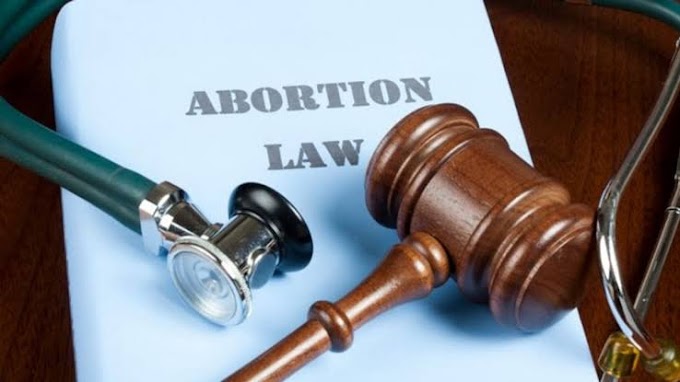Judicial review of Administrative actions
The doctorine of judicial review was first propounded in the case of Marbury versus Madison(1803) by John Marshall, then the chief justice of the American Supreme Court.It's been adopted and used by various countries as a tool to protect the supermacy of the lawof land.
In India, where the constitution is considered as the fundamental and grundnorm law, thedoctorine of basic structure is followed which protects the basic structure of constitution frombeing amended by the legislature.In addition to it, constitution itself confers power on judiciaryto declare the laws which violates or are in the contradiction the provisions of constitution.That is basically the power of judicial review.Further, the Supreme Court has declared the power of judicial review as a basic structure of the constitution.
It is the power of judiciary (High courts as well as Supreme court) to examine the constitutionality of legistive enactments and executive orders of both central and state governments.Justice Syed Shah Mohamed Quadri has classified Judicial review into following three categories -
1. Judicial review of Administrative actions of union and state and authorities under the State.
2. Judicial review of constitutional amendments.
3. Judicial review of Legislatures.
The state is no more a police state but the welfare state in which the administrative authorities
has more duties as well as more powers.Thus many Administrative actions are taken up by the
administrative authorities in order to perform the functions lies in their scope of duties or
functions assigned to them.These are dealt by Administrative law.The principles of
administrative law are not extraconstitutional,they are emerged from Article 14 and 21 of the
constitution.
These actions or decisions are sometimes based on their discretion, which is the power of
application mind in compliance with the principles of natural justice.
Even being checked by administrative law the administrative decisions are subject to Judicial
review but only on the grounds of perversity, patent, illegality, irrationality, want of power to take
decision and procedural illegality.Except on these grounds administrative decisions are not
interfered with in judicial review.Judicial review is directed not against the decision, but
decision making process.
According to general rule courts have no power to interfere administrative actions on basis of
its discretion.But subject to the exception, in situation of action or decision is against the
natural justice or there is patent abuse of power by administrative authorities.
The administrative authorities while using the discretionary powers to make decisions may act
biased or unfair.Actions may be taken arbitrarily or without application of mind which is a threat
to natural justice.In such condition the interference by judiciary through an legal way becomes necessary.
Judicial review is a fundamental mechanism for keeping public authorities withing due bounds and for upholding the rule of law.Thus, through the power of judicial review the courts invalidate the actions or decisions of administrative authorities which are ultra-vires.
Thus, judicial review is the weopon of judiciary which controls the arbitrariness of
administrative authorities.Every discretion derives a duty in regard to its usage. Discretion
should be used with proper application of mind and keeping in mind the principles of natural
justice.Discretion must be taken more as duty rather than the power.But unfortunately, in the
world of materialism, the power is more misused than used.Thus discretion should always be
derived with a check or control to prevent injustice.For such control the judicial review is the
suitable mechanism that can be used by courts being the interpreter of law and protector of
law for the establishment of lawful enviornment and proper administration of justice.
**Author : Bhawna , a student at Punjabi University, Patiala




![Freedom of Speech in India [Indian Supreme court and Law of Sedition]](https://blogger.googleusercontent.com/img/a/AVvXsEiGLLUmLKq5Da6xDZplasOZHKRj-jOhWPkoeuy0_Eq757tUpOiHz-xooXwIlAjF0-hmBfi-TtMIv6on_sVgBXVq4wbWwnbsqLOcNX22S8C2aSq-ZuK3vn9wWAx8tXByYOBfwc0hs6b8RJV84YNFG2greouGKjup6g8kN-xVlchW33VHdSSmrhLC1BUEVbGp=w680)





